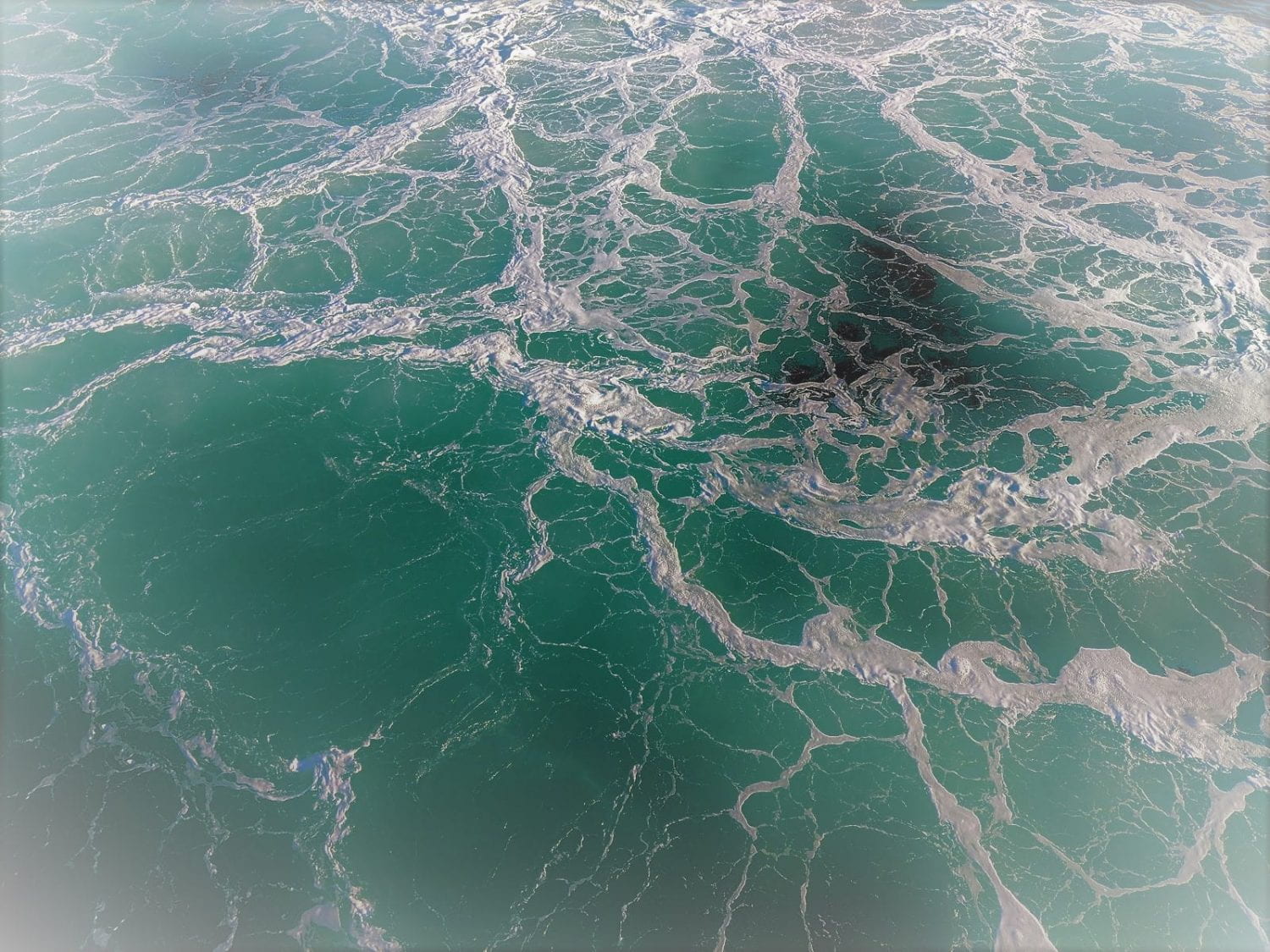The Mountains and Rocks are Forever: Lithics and Landscapes of Skwxwú7mesh Uxwumixw Territory
Item
-
Degree Grantor
-
McMaster University
-
Thesis Advisor
-
Aubrey Cannon
-
Kostalena Michelaki
-
Trudy Nicks
-
Year
-
2011
-
Title
-
The Mountains and Rocks are Forever: Lithics and Landscapes of Skwxwú7mesh Uxwumixw Territory
-
Description
-
An archaeological dissertation about stone tools and other lithic materials found in the Squamish Nation territory, and how they are connected to culture, place names, and oral histories, particularly the oral history themes of Transformation and Mythical Beings.
-
Abstract
-
This dissertation contributes to Indigenous archaeology, particularly along the Northwest Coast, the Coast Salish region and the territory of the Squamish Nation. I examine the regional archaeological sequence and provide an Indigenous perspective of time and space of Squamish Nation territory. Closer examination of this region’s archaeological record focuses on the occurrence of suitable igneous tool stone sources and their use over the past 10,000 years. A full understanding of these lithic sources comes from three different perspectives Squamish Nation culture, the archaeological and geological records.</p> <p>I propose that lithic sources are important places of the Squamish Nation cultural landscape and that the distributions of certain material types is linked to Squamish Nation place names and oral histories. Expanding this concept outward, I consider the distribution of the occurrence of these materials from 25 archaeological sites ranging from sea level ocean shore to mountainous alpine contexts. I then examine lithic source materials and artifacts from these sites on a visual and chemical basis (X-Ray Fluorescence) to illustrate the varying importance of certain lithic materials across Squamish Nation territory. Resulting analysis demonstrates that these materials have varying spatial and temporal distributions that relate to predominant themes of Squamish Nation oral history, concepts of Transformation and Mythical Beings. Material distributions, place names, oral history related to the region’s archaeological record are discussed under different theoretical frameworks of the Northwest Coast building from culture history, processual, post processual, and humanist perspectives cumulating at a Indigenous perspective of lithic sources and flaked stone artifact distributions.
